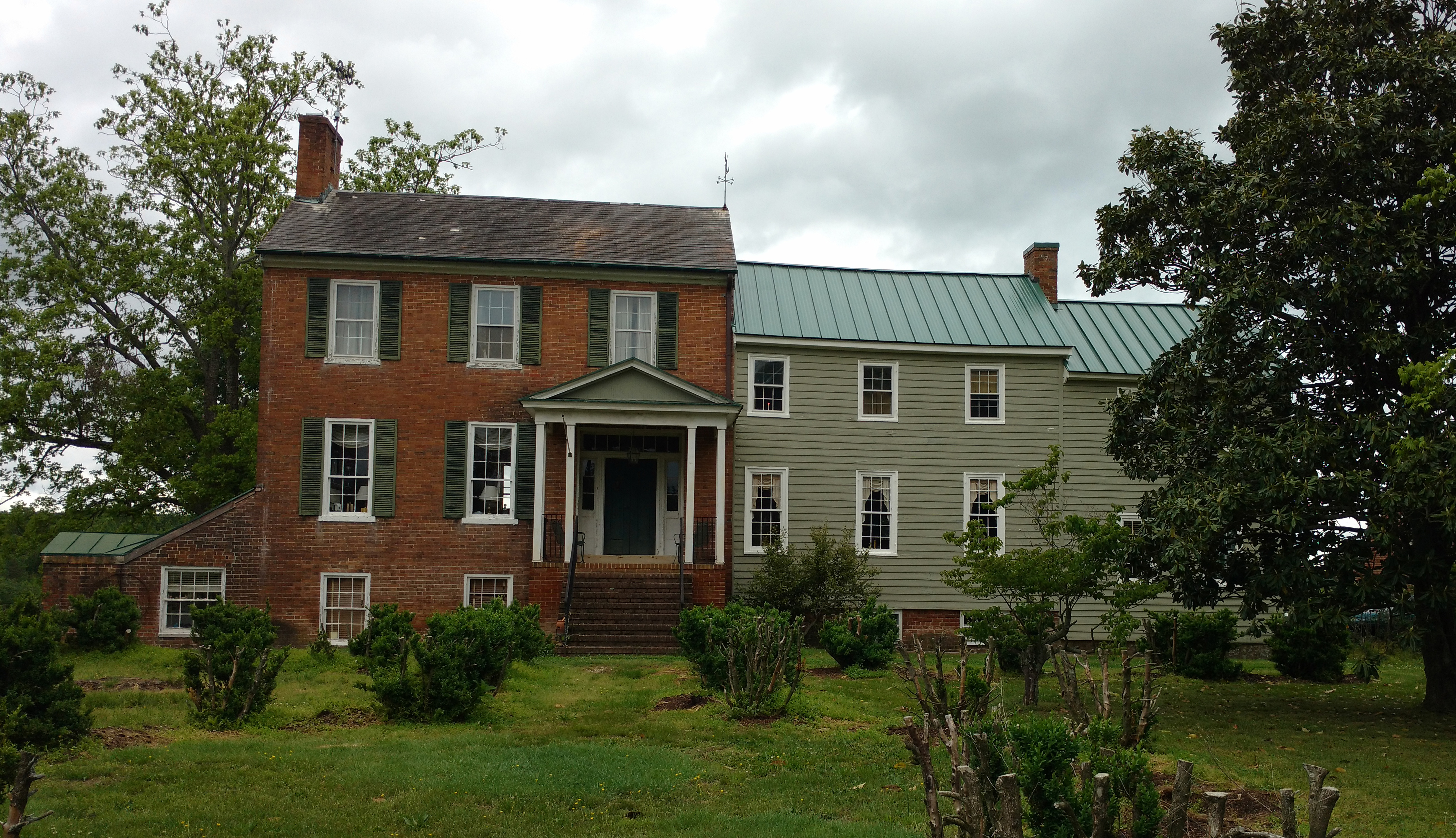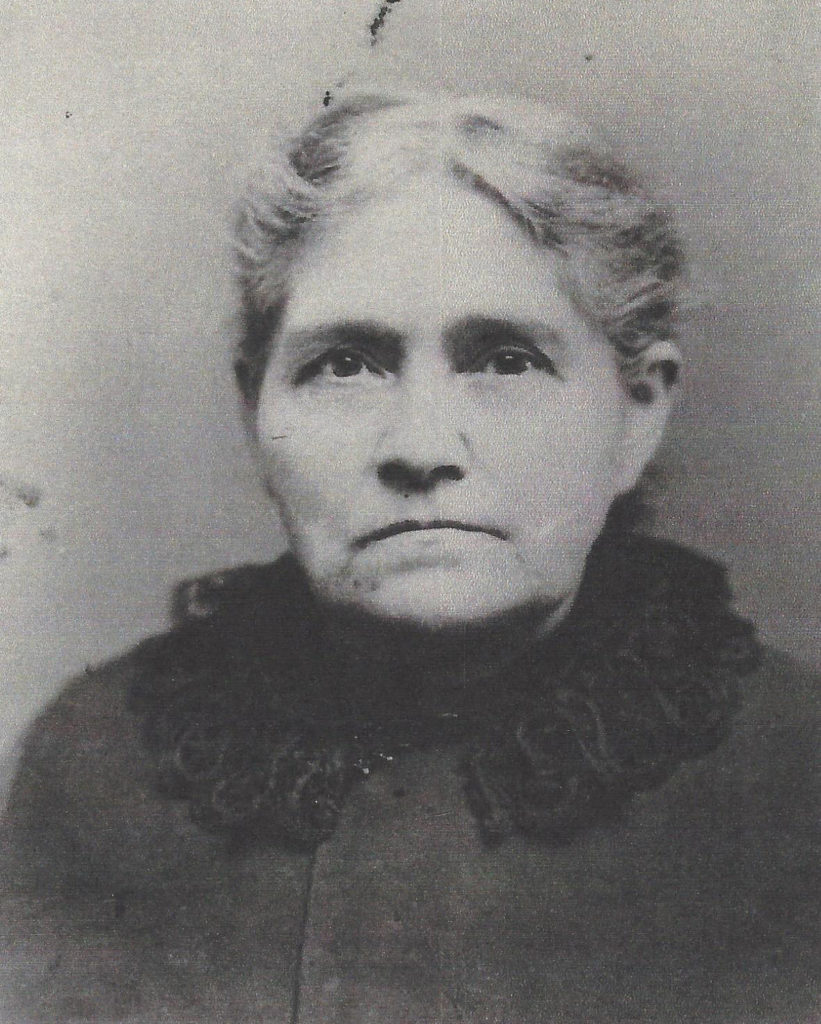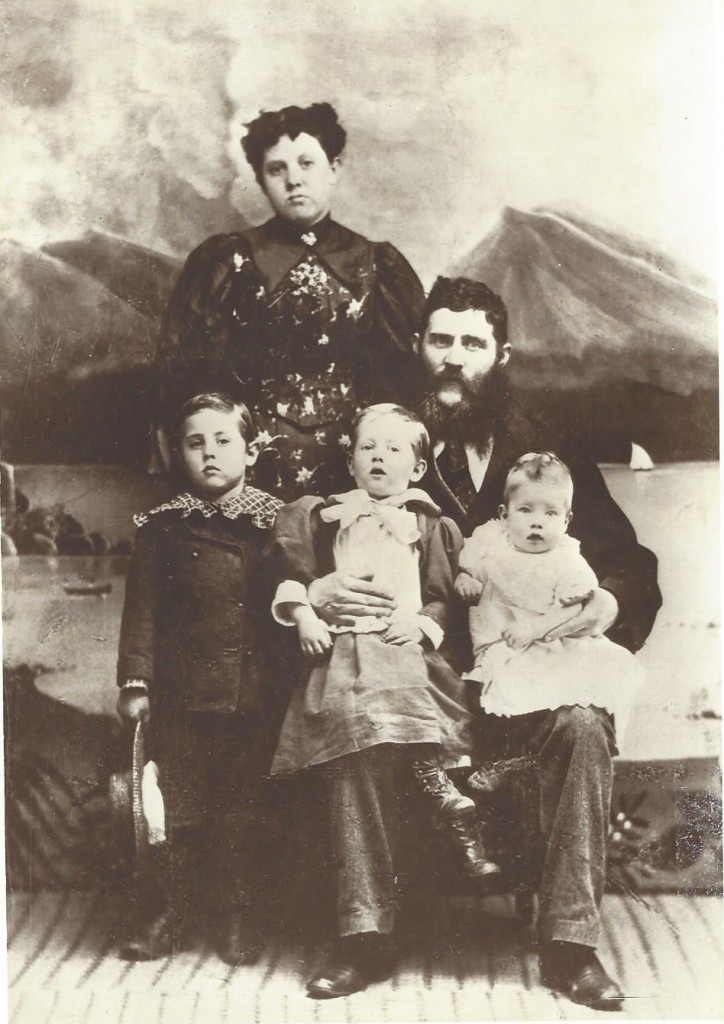Fourth installment of researches into the members of the Hawes family in England and the Caribbean in the 1600’s and 1700’s by Steve Jones.
The Hawes branches in Mass are different to the VA branch. This is confirmed by the Family Tree DNA Hawes Project started in 2005 which shows that all male descendants of Samuel Hawes have Haplogroup I-P37 (which is also my haplogroup).
The Richard Hawes that came from Great Missenden in Buckinghamshire (an inland English county) and moved to New England in 1635 on the Truelove is connected to Haplogroup I-M253. This Hawes family were puritans (the girls typically had virtue names such as Deliverance, Charity, Constance etc) and they sailed over as a family unit. Whilst I-P37 might sound similar to I-M253 they are very different. I-P37 is part of the Subclade I2 whereas I-M253 is part of subclade I1. These two subclades separated around 15,000 years ago so to all intents and purposes they are not related. Descendants of the Edward Hawes of Dedham Mass also have a different Haplogroup R-M269. This family is believed to come from Warwickshire in England which is also an inland county which would have had no tradition of sailing overseas. Descendants of Edmond Hawes of Yarmouth Mass have the same haplogroup (I-M253) as Richard Hawes but are sufficiently distant from them as to only be very distantly related. This family are understood to have arrived on the Mayflower at Plymouth Rock which also suggests they were puritans. I haven’t been able to establish what part of England this Hawes family originated from.
For a long while I thought I might be descended from the Buckinghamshire Hawes but my Y DNA confirmed that I am not. It becomes confusing as the Buckinghamshire Hawes and my line did cross over in the 1760s in London. In 1768 my direct ancestor John Hawes (1735-1810) was introduced to the Company of Ironmongers by William Hawes who was descended from the Buckinghamshire Hawes. They both had businesses in the same part of London, William was a Grocer and John a sugar refiner. They knew each other and did business with each other but I’m sure it was just a coincidence. Perhaps they thought they were distantly related? The Buckinghamshire Hawes that were in London all died out c 1800 and my line makes no reference to any of them after the 1780s.
The Y DNA I share with the Hawes descended from Samuel share is distinctive and the theory that the Virginian Hawes came from New England has no evidence from what I can see. It was a hypothesis but if it was correct we would share the same Y DNA with one of these branches.
Also looking at my branch there is no evidence of puritanism or the use of virtue names. Our Y DNA is amongst the oldest in England and some of the earliest people to move to England lived in Suffolk. Suffolk folk moved to London easily by sea and were traders; they were used to trading with Holland and had the necessary sailing skills (the folk from Warwickshire / Buckinghamshire were not sailors). The Hawes name is most frequently found in Suffolk / Norfolk versus other counties (there is also a small branch in Cornwall).
Our Hawes were merchants, sailors and adventurers and were not puritans. They sailed as individuals not as families (although once established they will have sent for their family). They sailed between London and the Colonies (Caribbean Islands and mainland US) and traded with the East Indies. They were connected to early investors in the Virginia Company and had long lasting links with the East India Company (I have multiple links). They were based in London.
The lost connection between England and Virginia in the period 1640 to 1700 is because our Hawes were at this time in parts of the world that were ‘outside the law’ eg there were virtually no laws in Barbados in the 1640s as England was in the middle of a civil war; the merchants in Barbados had the island to themselves and as England was effectively cut off from trade they traded with the Dutch who taught them how to grow sugar (the Dutch learned this in Brazil and were successful there for a short time before the Portuguese kicked them out in the 1640s).
When the English Parliamentarians (Cromwell and the Puritan Roundhead Army) won the war and Charles I was beheaded (Jan 1649) they sailed to Barbados and blockaded the Island to establish control from the English Merchants many of whom were staunch Royalists. After a battle they won and at this point I think our link moved on to Surinam (next to Venezuela) that they shared briefly with Dutch Merchants (they had more in common with Dutch Merchants than English puritans). The English part was known as Willoughbyland (Willoughby was from Parham in Suffolk) and this part of the world was definitely outside any control from anywhere. It also reputedly produced the best sugar in the world.
After the second Anglo-Dutch war the Treaty of Breda of 1667 ceded Willoughbyland and the East Indian Island of Run (controlled by the East India Company) to the Dutch in return for New Netherland (which included New Amsterdam, now New York). Subsequent treaties with the French gave them French Guiana and the English retained Antigua. In the 1670s many of the English in Willoughbyland moved to Antigua. There is an island called Hawes Island on the North East Coast just a few miles to the east of the capital Parham so there were definitely a family of Hawes among some of the earliest settlers in Antigua around this time.
The death rates in the Caribbean Islands were extraordinarily high (much worse than Virginia at the time). Deaths exceeded births almost every year and the population only grew through immigration. Most children were orphans (if they survived). Out of necessity widows and widowers would have need to marry each other and child brides were common. As the slave populations grew and plantations grew larger so the white population declined and moved either back to England or to the Colonies in America.
I think that sometime during these decades of chaos (bearing in mind that piracy was also at a peak in the Caribbean at the end of the 17th century much of it involving merchants) that Samuel moved to Virginia. He probably very wisely figured his life expectancy in Virginia was much better than on the Islands. At some later point (1730s?) my line also moved back to London. I also have the problem of proving where they came from. Unsurprisingly there is little documentation of these moves as there was little law or legal processes; little Church representation; baptismal, death and marriage records are slim, high mortality from disease, war or sea travel; an aversion to documentation and a tendency to not want the authorities in England to know what was happening; the impact of destructive weather, hurricanes, earthquakes – not only on property but also on any documents that were produced;
However the circles that Samuel I moved in subsequent to his arrival in Virginia suggest prior connections between his Hawes family and other families established in Virginia. There are several families in Virginia who had connections to Antigua (eg the Byrd family). It is these connections between merchant families in London and overseas that I am trying to build out but what I am finding is that the families of many of these 17th century merchants just became extinct which is easy to understand. I know my line also had direct connections with Carolina eg John Hawes sold an insurance policy to Edward Rutledge in Charleston in 1786. I think it inconceivable that this business could have happened unless John Hawes was very familiar with Charleston society. These were relationships that could not be built in the space of a few years, they were built over generations. This was to a large degree a closed society that was impenetrable without education, money and connections.
I am currently gathering a lot of information but it is a time consuming job. Nothing I have come across in the last year or so contradicts the hypothesis above.



